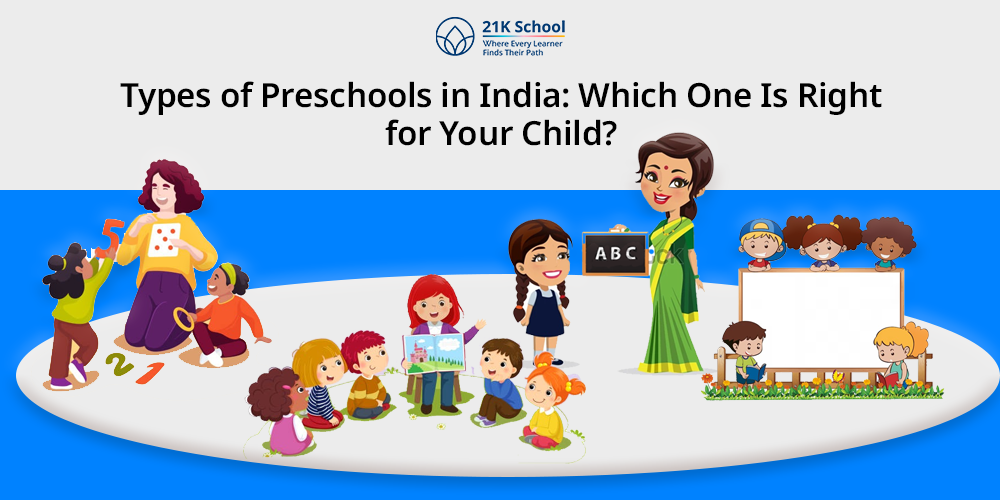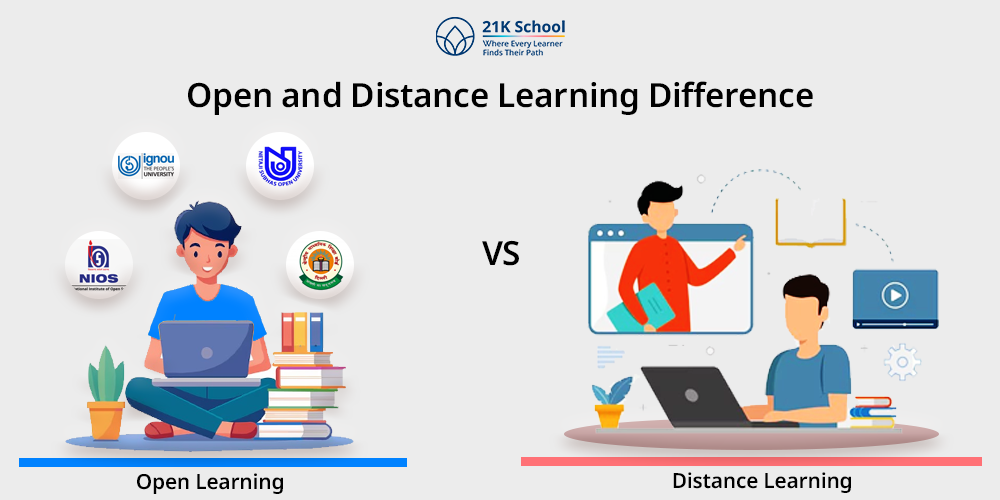
Nowadays gadgets become part of our and children’s life and we come up with them daily. From high tech smartphones to smart cars here robotics plays an important role in shaping the future.
But it is also important for us to prepare our upcoming generation for this technology in shaping the future. But how can it be done easily?
Well, the answer lies in the robotics school curriculum and making it part of the school curriculum. It is important to choosing the right curriculum like robotics, to equip the students with the knowledge.
It is the skill to excel in the technology area. So, let’s explore some more amazing benefits of the robotic curriculum. We also explore why every school must have a robotic curriculum.
Table of Contents
- What is a Robotics Curriculum?
- Benefits of Why Should Every School Have A Robotics Curriculum?
- 1. Develops critical thinking skills
- 2. Encourages hands-on learning
- 3. Fosters creativity and innovation
- 4. Enhances STEM skills (Science, Technology, Engineering, Mathematics)
- 5. Promotes teamwork and collaboration
- 6. Improves computational thinking
- 7. Builds technical literacy
- 8. Boosts engagement in learning
- Wrapping Up!
What is a Robotics Curriculum?
Robotics Curriculum is one of the most effective and trending educational programs. It is created for students to make them well familiar with technology that can support students success.
It includes various details like science, technology, engineering and mathematics.
However, it also offers the students hands- on experience in designing, building and even in programming robots.
Moreover, the curriculum not only focuses on technical skills but also works on other motor skills. It includes problem solving, creativity and teamwork skills.
Schools can create an innovative and engaging environment by enrolling in a robotics curriculum. It helps students in preparing them for real world challenges.
Benefits of Why Should Every School Have A Robotics Curriculum?
Here are the some amazing benefits of having the robotics curriculum in every schools:
1. Develops critical thinking skills
The Robotics curriculum gives the task to students to think technically and solve the problem. In this education pattern students need to think about programming robots.
Also, students need to analyze the situation and come up with solutions. It also helps them in decision making skills.
Children are constantly faced with problems to solve and check how to get their task working. All these activities need to work on carefully planning and thinking logically.
It helps the children to develop strong thinking skills.
2. Encourages hands-on learning
Robotics is hands -on learning and it also gives amazing experiences that beat the traditional instruction. Students will get engaging experience apart from reading textbooks and listening to lectures.
This experience of STEM e-learning benefits helps in understanding the concepts.
Children can easily understand how to learn the theory and translate it into real world technology. Moreover, students can easily grasp the complex subject in one of the interactive and funny ways.
3. Fosters creativity and innovation
Constructing a robot is not only about reading instructions given, it is about creating a new product.
Robotics gives students freedom to choose what they think is best and come up with their own solutions.
They might have to create a robot for a certain function or to find a solution for a certain challenge. This is creative because students are challenged to analyze how they will put all the elements.
Something like a robot including sensors, a motor among others and code. Robotics promotes creativity because students are always prompted to come up with the next best design.
It leads them to think critically and boost their interest level.
4. Enhances STEM skills (Science, Technology, Engineering, Mathematics)
Robotics education proves to offer a perfect way of improving on STEM education. It plays an important role in education approaches as the Indian education system must adopt 21st century teaching techniques.
It integrates science, technology, engineering, mathematics together within a single subject. It has the aim of demonstrating to students how these fields are connected.
Exploring a range of abilities and skills, robotics help to develop students’ physics experiences and perceptions.
It also boosts their knowledge of technology and programming. However, children also work on their ideas about engineering, mathematical problem-solving approaches, and more.
The generation of STEM talent in the workforce, children who learn through robotics are equipped for jobs of the future.
5. Promotes teamwork and collaboration
Robotics curriculum always boosts teamwork and collaboration in the students minds. Students, while working on their project, will understand and learn things from each other.
In a team, each member has their known specialty and is responsible for the different aspects. Sometimes some codes aren’t working or lead to issues in testing, then teamwork plays an important role.
Schools can also boost this collaboration and help students in developing their soft skills. It is really important for their future and personal growth also.
However, students also learn how to divide their work and support each other. It also helps them to bring out the best outcome.
Moreover, teamwork skills are in demand for the modern workplace. It leads to more innovative and effective solutions.
6. Improves computational thinking
Computational thinking is identified as the use of a computation paradigm for problem solving and analytical skills.
It also involves subdividing the problem and formulation of an algorithm to solve it. First, computational thinking is highly present in robotics.
The field entails a lot of programming and solving problems. While programming along with being able to control their robots, students are able to understand logic. They also understand the structure information and identify patterns.
7. Builds technical literacy
Nowadays, technology is one of the important components, and it is crucial to have technical skills. Robotics education makes things easy for students to know the technology they are surrounded with.
They discover how robots are made and operate, how they can be coded and what kind of issues can occur.
In today’s era where technology is almost the order of the day, one is in a better position to understand how to deal with technology. Specially in the long run innovate if they have a general understanding of how technology works.
8. Boosts engagement in learning
Robotics is by its very nature an engaging and enjoyable subject. Incorporating it in school practice exposes the learners to certain concepts and this makes them want to learn more.
Robotics projects involve tangible appealing items and the students are able to interact with the projects hence making learning less burdensome.
Further, the use of robotics enables students to have a real time experience of what they are doing. It is quite fulfilling to have a robot that you and a colleague built alongside having programmed it to perform a task to do so effectively.
This feeling of achievement encourages curiosity in children, to press on and discover other areas of interest, and thereby increasing students’ activity level in school.
Wrapping Up!
Therefore, once the robotics curriculum is added to the schools it boosts the education level. It’s all about building your skills and developing a different mindset.
It is also part of the technology driven world. Children get an amazing boost in their career after exploring the fostering creativity to enhance STEM. It helps them prepare children for future benefits.
So, why to wait? The future is all set and waiting for enhancement. Let’s all school make the robotics curriculum part and boost students better tomorrow.



